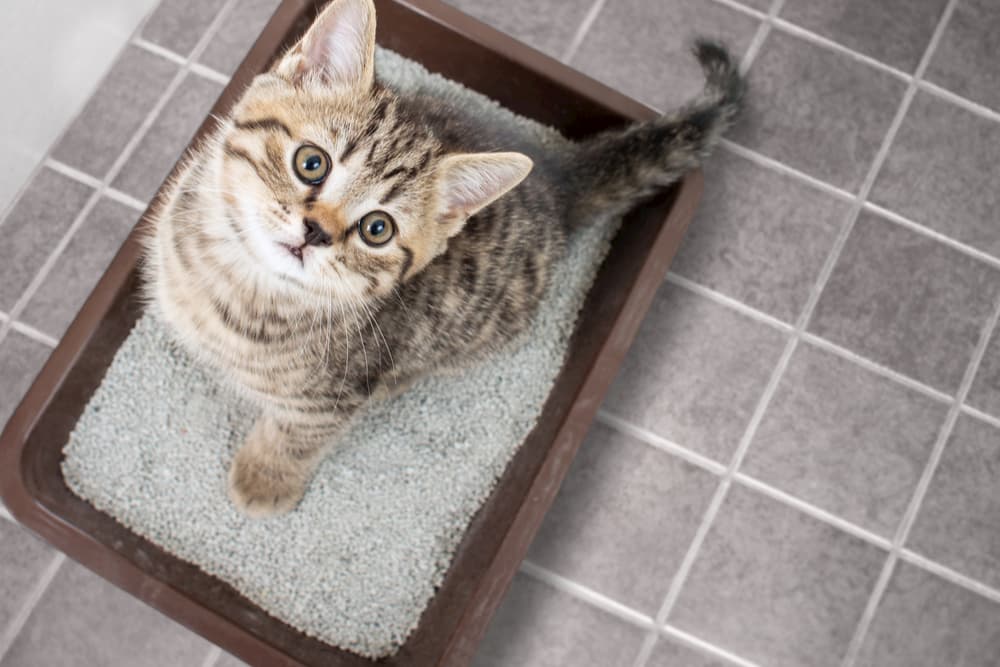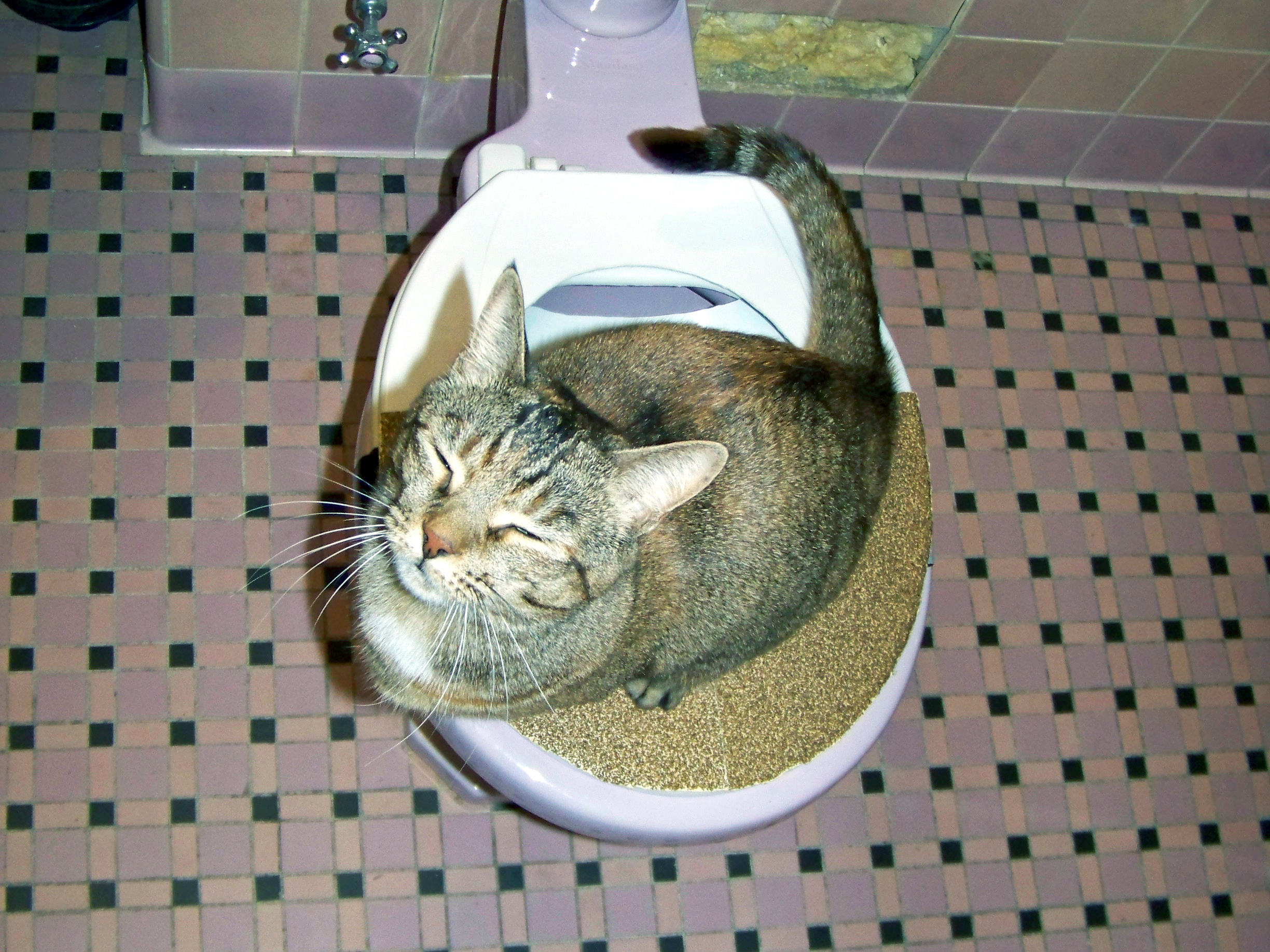We have stumbled on this great article relating to Don’t flush cat feces down the toilet down the page on the net and think it made sense to talk about it with you on this page.

Intro
As pet cat proprietors, it's essential to bear in mind just how we take care of our feline pals' waste. While it might appear hassle-free to purge cat poop down the toilet, this method can have destructive consequences for both the environment and human health.
Environmental Impact
Flushing cat poop introduces unsafe microorganisms and parasites into the water system, positioning a significant risk to water ecological communities. These pollutants can adversely impact marine life and compromise water top quality.
Health and wellness Risks
In addition to environmental worries, flushing pet cat waste can additionally posture health and wellness dangers to humans. Feline feces may contain Toxoplasma gondii, a parasite that can create toxoplasmosis-- a possibly severe ailment, particularly for expectant women and individuals with weakened body immune systems.
Alternatives to Flushing
Luckily, there are more secure and a lot more responsible means to deal with pet cat poop. Take into consideration the adhering to options:
1. Scoop and Dispose in Trash
The most usual technique of getting rid of cat poop is to scoop it right into a naturally degradable bag and toss it in the garbage. Make sure to make use of a devoted clutter scoop and deal with the waste without delay.
2. Use Biodegradable Litter
Opt for naturally degradable feline clutter made from products such as corn or wheat. These clutters are eco-friendly and can be securely thrown away in the garbage.
3. Bury in the Yard
If you have a lawn, take into consideration burying cat waste in a designated area away from veggie yards and water resources. Make certain to dig deep adequate to prevent contamination of groundwater.
4. Mount a Pet Waste Disposal System
Buy an animal garbage disposal system specifically made for feline waste. These systems make use of enzymes to break down the waste, minimizing smell and ecological effect.
Conclusion
Responsible pet possession extends past giving food and sanctuary-- it also entails correct waste administration. By refraining from purging pet cat poop down the toilet and selecting alternate disposal approaches, we can reduce our environmental footprint and shield human health and wellness.
Why Can’t I Flush Cat Poop?
It Spreads a Parasite
Cats are frequently infected with a parasite called toxoplasma gondii. The parasite causes an infection called toxoplasmosis. It is usually harmless to cats. The parasite only uses cat poop as a host for its eggs. Otherwise, the cat’s immune system usually keeps the infection at low enough levels to maintain its own health. But it does not stop the develop of eggs. These eggs are tiny and surprisingly tough. They may survive for a year before they begin to grow. But that’s the problem.
Our wastewater system is not designed to deal with toxoplasmosis eggs. Instead, most eggs will flush from your toilet into sewers and wastewater management plants. After the sewage is treated for many other harmful things in it, it is typically released into local rivers, lakes, or oceans. Here, the toxoplasmosis eggs can find new hosts, including starfish, crabs, otters, and many other wildlife. For many, this is a significant risk to their health. Toxoplasmosis can also end up infecting water sources that are important for agriculture, which means our deer, pigs, and sheep can get infected too.
Is There Risk to Humans?
There can be a risk to human life from flushing cat poop down the toilet. If you do so, the parasites from your cat’s poop can end up in shellfish, game animals, or livestock. If this meat is then served raw or undercooked, the people who eat it can get sick.
In fact, according to the CDC, 40 million people in the United States are infected with toxoplasma gondii. They get it from exposure to infected seafood, or from some kind of cat poop contamination, like drinking from a stream that is contaminated or touching anything that has come into contact with cat poop. That includes just cleaning a cat litter box.
Most people who get infected with these parasites will not develop any symptoms. However, for pregnant women or for those with compromised immune systems, the parasite can cause severe health problems.
How to Handle Cat Poop
The best way to handle cat poop is actually to clean the box more often. The eggs that the parasite sheds will not become active until one to five days after the cat poops. That means that if you clean daily, you’re much less likely to come into direct contact with infectious eggs.
That said, always dispose of cat poop in the garbage and not down the toilet. Wash your hands before and after you clean the litter box, and bring the bag of poop right outside to your garbage bins.
https://trenchlesssolutionsusa.com/why-cant-i-flush-cat-poop/

I ran across that blog entry on Don’t flush cat feces down the toilet when doing a search on the search engines. Appreciated our post? Please share it. Let someone else check it out. Thank you for going through it.
Book Your Appointment
Comments on “Avoid Plumbing Problems: Don't Flush Cat Poop Down Your Toilet - Professional Guidance”